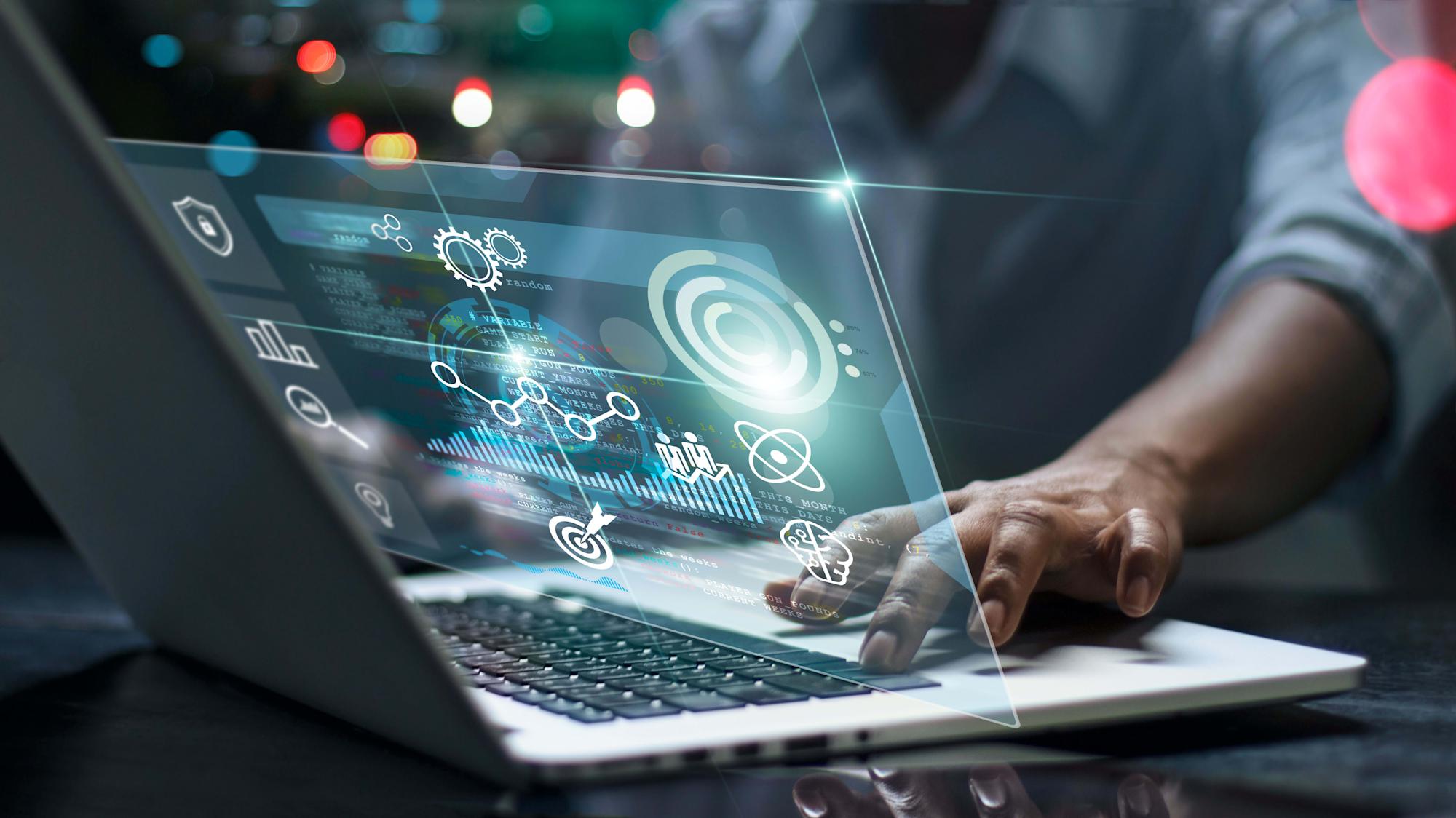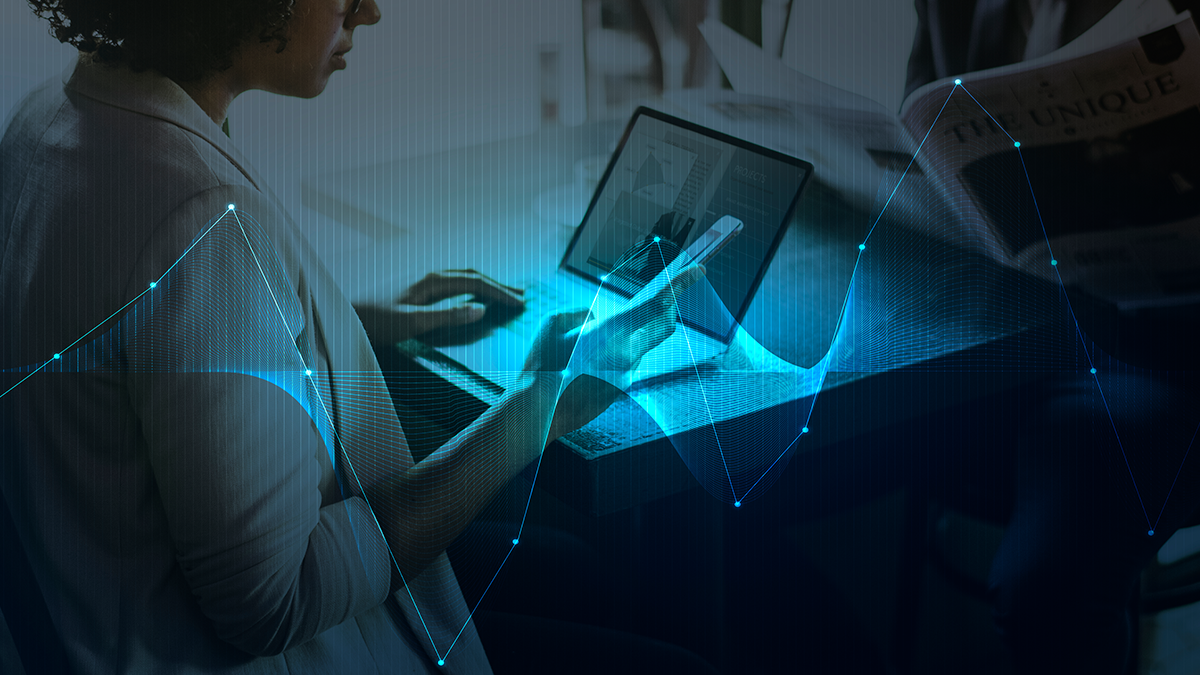
For over a year, the Covid-19 pandemic has swept through businesses and drastically altered how the workplace operates. With no operating manual and no prior experience of operating in a pandemic environment, businesses went into a frenzy with some adapting very fast and others lagging behind and eventually closing shop.
Three aspects of the workplace have taken center stage in the new workplace; the employee experience, the customer experience, and technology adoption. Remote work changed the definition of what employees need to do their jobs safely, efficiently, and effectively. Technology adoption was inevitable due to social distancing rules and remote work being the new normal. In terms of customer experience, the pandemic period resulted in a change in customers’ priorities, preferences, and expectations.
With a vaccine already being rolled out, many businesses are beginning to strategize on business re-entry. In redesigning the workplace, businesses need to learn from the past, address the present, and plan for the future.
Some of the key things that business leaders may need to take into consideration when redesigning the post-pandemic workplace are:
- Technology Adoption
The pandemic has sped up the second digital transformation wave by increasing the creation and adoption of digital tools. Some business operations and models are based primarily on digital or online platforms. According to McKinsey & Company research, the Coronavirus pandemic has accelerated digital adoption by three to four years.
In the rush to adapt, survive, and thrive amidst the pandemic, many businesses adopted technologies from remote working to digital events and virtual reality training facilities, etc. These technologies have now become an essential part of our day-to-day work life.
The post-pandemic world is characterized by digital disruptions that define how humans and machines work together to drive business operations for optimal performance. Moving towards digital technologies such as artificial intelligence, robotic process automation, and so forth may mean the use of more powerful technologies to replace or work alongside humans hence supervision of humans and machines becomes common practice in the workplace.
- Employee Experience (EX)
Covid-19 has driven an evolution in customer expectations and the employee experience. and businesses need to ensure that employee experience is in step. The pandemic accelerated workforce transformations that foster creative thinking and experimentation; some of the building blocks for designing (EX). EX in the new normal needs to be pegged on three key areas; employee well-being, human connection, and redefining success indicators. Business leaders need to ensure employee safety and well-being are taken care of and that they deepen their connection with employees.
- Redefining Customer Experience
COVID-19 pandemic has greatly affected customer buying behavior caused by the abrupt change in lifestyle, priorities, and changing and value sentiments. Social distancing for example played a major role in pushing customers to embrace technology by using digital channels. Customers also inclined more towards brands that reflected values such as care, safety, and trust.
As the world begins to return to some sense of normalcy, businesses need to adapt, evolve and re-imagine the customer journey in a post-pandemic world.
- Redefining the Workplace
Some of the changes brought about by the Covid-19 pandemic are here to stay, for instance, some companies are opting to keep their employees remote with others going with hybrid offices. With the onset of the pandemic, businesses were thrust into the remote working environment without proper policies to guide this new workplace. Businesses strategizing for re-entry in the post-pandemic workplace need to come up with relevant policies to guide officeless/remote and hybrid offices.
Moreover, with the rapid adoption of technology, there may be shifts in some roles with robots and machines taking over and humans focusing more on strategy and value-creating responsibilities. This shift in roles need to be clear in the policy
About the Annual HR Summit
Working from home has presented new opportunities for redesigning the workplace; from defining the new workplace (officeless or hybrid workspaces to the policies guiding remote work and redefining the digital employee experience. This may mean a shift in HR roles too, for instance, investment in digital HR business partners, shrinking of HR teams due to automation, use of HR Robotics to help HR respond instantly and accurately to common queries among many others.
The question for HR professionals remains: How should we prepare for business re-entry? How can we support people/employees through this transition? How can we accelerate business transformations?
Register here for this year’s Annual HR Summit
References:
- How COVID-19 has pushed companies over the technology tipping point—and transformed business forever. (2020, October 5). Mckinsey.Com. https://www.mckinsey.com/business-functions/strategy-and-corporate-finance/our-insights/how-covid-19-has-pushed-companies-over-the-technology-tipping-point-and-transformed-business-forever
Article by Juliet Hinga
Would you like to share an article? Write to us at sbscommunication@strathmore.edu
Share This Story, Choose Your Platform!
Your journey to business excellence starts here. Subscribe today and be at the forefront of innovation and leadership.









